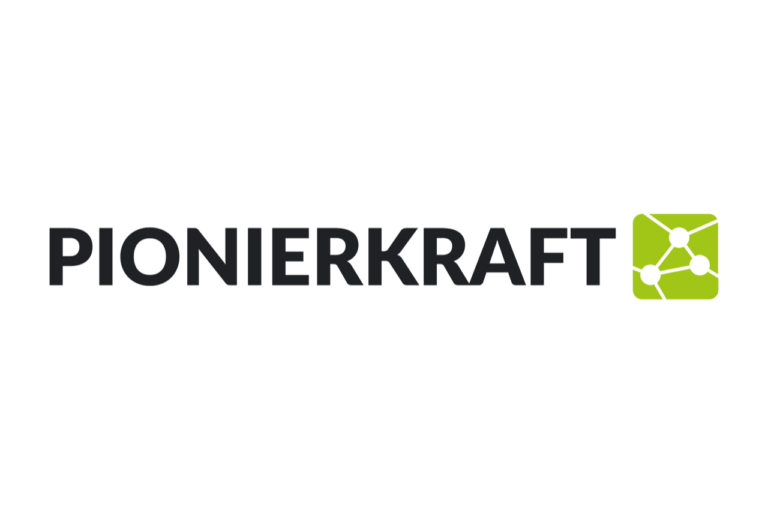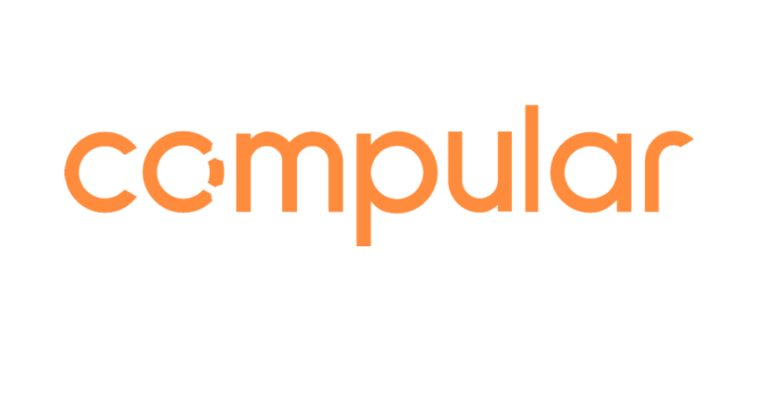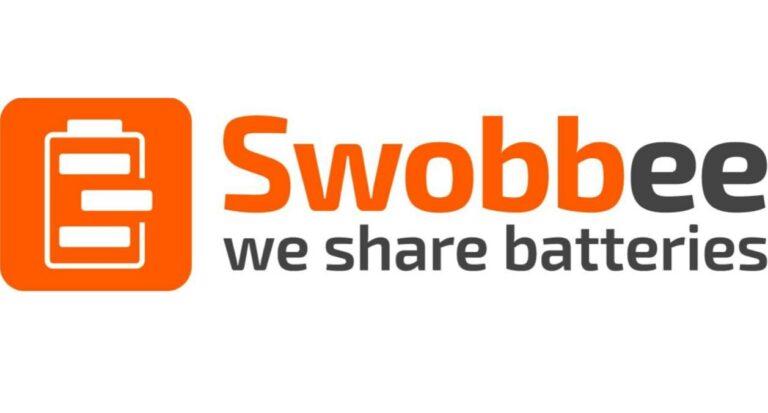EnerMan – A Framework for Energy Efficient Manufacturing Systems
Industrial processes take up a considerable portion of the total energy consumed. This imposes challenges on society for two reasons: First, high energy consumption brings a high carbon footprint, as energy consumption could be more perfectly carbon neutral. Second, it strains the electrical grid, which is already more strained than ever due to the increased use of intermittent energy forms such as wind or solar.
On the other hand, reducing energy consumption on arbitrary levels is not feasible either: Industry processes remain a core element of society and will always consume a certain amount of energy. That said, high energy consumption in the industry has just taken face value many years ago. Only recently, the question came up whether we can optimize our current processes using modern techniques such as new sensors or machine learning algorithms.
Facing this challenge is the focus of EnerMan, which – as suggested by its name – aims to develop a framework for energy efficient manufacturing systems.The project is funded by the European Union’s Horizon 2020 Research and Innovation program under the call H2020-NMBP-TR-IND-2020. Today, we speak to Alberto Casanova and Astik Samal from Gruppo Magioli, an Italian IT company with a manifold scope of projects.
What is Gruppo Maggioli doing?
While Maggioli started as a publishing house, it recently became prominent as a tech group owning various companies and different business units. Most of the income nowadays is generated in the IT business units, providing softwares and digital services for public administrations. However, we are also vital in other sectors, working with private companies and professionals.
We have 55 European Projects in our portfolio (34 currently active) covering a wide range of topics such as e-health, cyber and physical security, industry 4.0, smart cities, smart heritage, circular economy and environmental sustainability. In most cases, like in EnerMan, we act as system integrators and technical managers. We are 14th in European funding for private companies in Italy and hold the 1st position in the north-east.
EnerMan is an Industry 4.0 sustainability project, but not our only one: We managed to bring home some very valuable outputs from several projects, enabling us to exploit these results and develop new products and services, improving the cost-effectiveness and sustainability of public administrations… Learning something from every different project, which can be used later in a different context, is why we participate in such a comprehensive range portfolio.
What is EnerMan?
In the EnerMan project, we look at a factory as a living organism that autonomously manages energy consumption. It aims to create an energy sustainability management framework based on collecting and analyzing data that comes directly from the factory production lines. The project strives to develop technologies that provide a detailed, data-based vision of factory energy use in terms of energy consumption, carbon emission, and electricity cost, as shown in the graph above. In this context, Enerman is not only a push towards sustainability but also offers the opportunity to optimize industrial processes and energy efficiency. One of the distinctive factors and added value of the project is the context in which it was tested because Enerman has been validated in several European countries with eight use cases in 3 different industrial sectors: automotive, metal manufacturing, and food.
EnerMan is a 12 mil. Euro project designed to last 36 months. It started in January 2021 and should have ended by December, but the consortium extended the project for four months to proceed with the final integration, deployment and testing of the use cases.
Do You Have Some Examples of the Use Cases?
Centro Ricerche Fiat (CRF) is the R&D Department of the car manufacturer Fiat. They have two particular use cases, Bodyshop and Paintshop. Bodyshop is concerned about turning the different metal parts into a car, and Paintshop is about the coloring part, as the name suggests. With Fiat, the consortium is primarily focussed on energy consumption, not just in the production line itself, but, for example, in the factory’s heating systems. We have installed zigbee temperature and humidity sensors to monitor the temperature, which helps us to evaluate how long and how much the heaters should be turned on to create favorable conditions for the workers in the factory. We automatize the production process in terms of energy consumption.
Further Reading: https://www.mdpi.com/1996-1073/16/19/6916
The next pilot use case is AVL, an Austrian automotive company developing powertrain models for hybrid cars. Here, we also mostly focus on energy consumption, investigating the optimal interplay of the combustion engine and electrical engine.
Further Reading: https://www.mdpi.com/2079-8954/11/2/100
Infineon is our partner in the semiconductor industry, one of Europe’s biggest chip manufacturers. This project is the most complex as one chip goes through at least 300 industrial steps until it is ready to use. The digital infrastructure is already in place, so our task is to employ machine learning algorithms to make it more energy efficient, especially in logistics: Infineon has many factories, and any transport between them costs time, money and energy. So, we are visualizing how many chips shall be produced in which factory and how the chips shall be distributed to minimize the overall energy consumption and CO2 emissions.
Further Reading: https://ieeexplore.ieee.org/document/10015333
The project with our Bulgarian partner, STOMANA, is about optimizing processes in a melt shop for iron and steel. This is a high energy consumption unit due to the extreme temperatures needed to keep the metal fluid. It has to maintain a specific temperature and a certain pressure, so even after optimization, the energy consumption in this unit will remain high. However, the output temperature can be optimized. We are working with our partner at the University of Naples, who are developing a machine learning model taking into account the thermodynamics of the mold with which they can learn the minimum temperature at which the system can be kept. Initially, the company did not have any temperature or pressure sectors, so they were installed in this project’s scope, which allows us to create a data visualization system using temperature and pressure sensors.
A similar principle to the melting show can be found at YIOTIS, a Greek chocolate manufacturing company. It was the first company where we installed our sensors on the conching machines – they have to keep rotating at a certain speed to keep the chocolate in a fluid state. The chocolate is grinded until the required fluidity is reached for the next processing step. The process could also be applied to any baby foods or syrups, but we are only focussing on chocolate right now.
With DePuy Synthes (DPS), the Orthopaedics Company of Johnson & Johnson – we focus on the industrial production of medical devices. This project is similar to the project we have with Fiat but without the heat generation and optimisation element . We analyze the energy profiles of the single machines and if they can switch from one machine to another if that minimizes the consumption in the given production process. It may take more time but ultimately costs less energy and money.
3DNT- Prima Additive focuses on 3D metal printing. Here, we don’t relyon the machines themselves for energy optimisation but on the type of laser used to cut metals. There are blue and green lasers –the usage choice depends on the type of metal to be cut and energy optimisation required. It essentially is a trade of precision vs. energy consumption.
The last project, ASAS, is a Turkish metal manufacturing company. It is our most straightforward case since we only consider the energy cost. They have their own energy generator, and we are comparing whether we should buy energy from the state-owned energy agency or use the energy produced in their own generator.
What are the Most Challenging Parts of Your Projects?
There are several challenges in the projects. Regarding providing data, one could imagine that problems would arise with a big company such as Infineon due to privacy laws; however, luckily, they were flexible with their IT policies. We had the main difficulties with our Turkish partner, ASAS, since they are outside the European Union. I can see all the data from the other seven use cases here in the office; we are in conversation with ASAS to gain access to their industrial PLC data. We are even planning to go to their site to access the data first-hand. It is an elongated process.
Regarding the complexity of the machine learning algorithms, Infineon is the most challenging. Fiat is the most elaborate to implement since they have two pilots to include (Bodyshop and Paintshop), and the processes are quite complex – they have the most variables. The use case of Infineon has fewer variables. Still, the data is very grand in nature since there are several steps to take into consideration: You can imagine the order of magnitude, when manufacturing one chip takes multiple steps, and the complexity of tracking all the steps to improve the energy optimisation.
Regarding the “cleanliness” of the data, we don‘t face many challenges since we work with another partner, which takes the metadata and streamlines it for us.
Whom to Contact?
Are you feeling inspired by this exciting idea and eager to explore more? Reach out to Alberto or Astik for a delightful discussion, or simply visit Gruppo Maggioli to learn more about their work.






